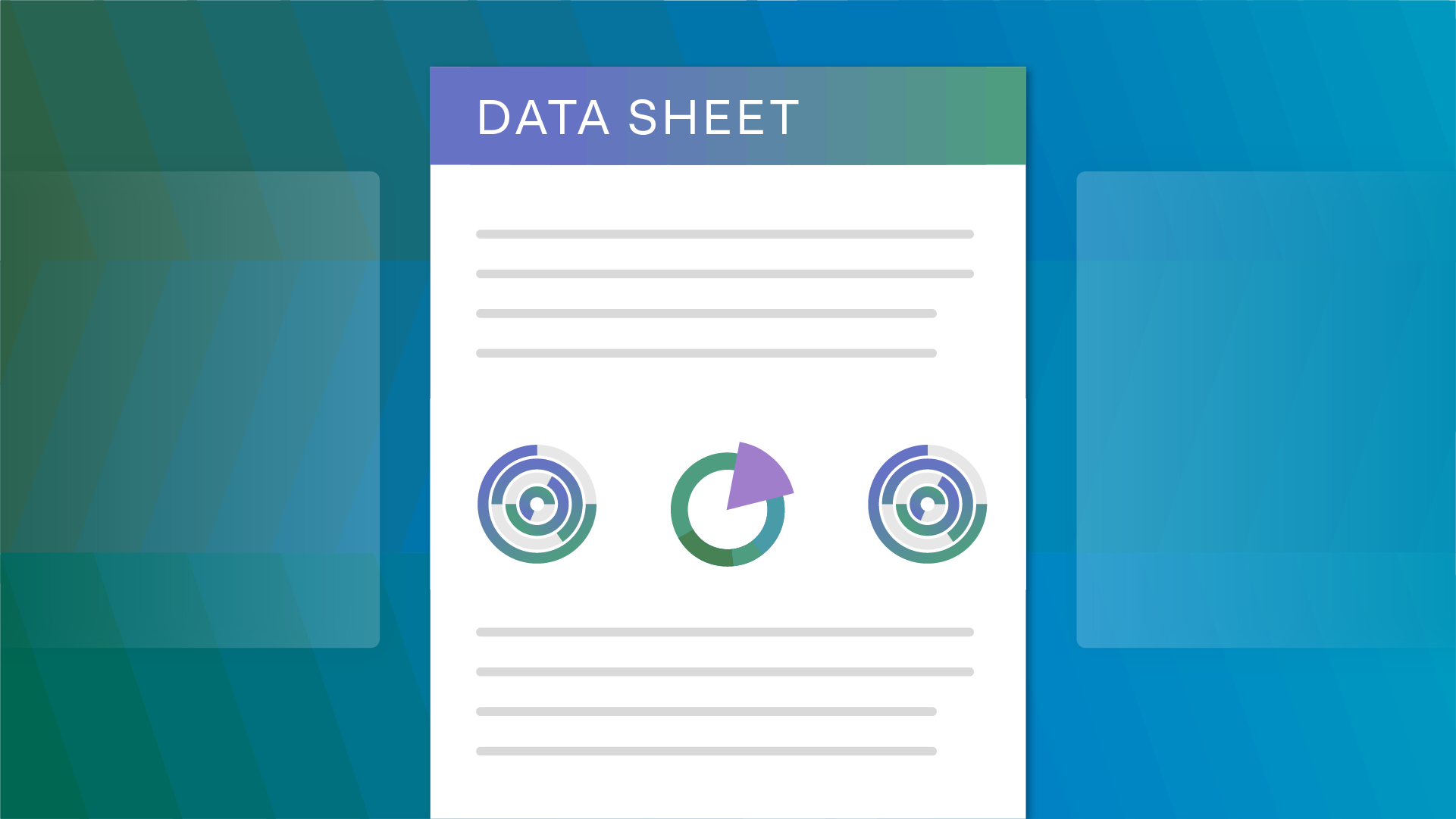By 2025, the total volume of data created, consumed, and stored worldwide will reach 180 zettabytes — compared to 64.2 zettabytes in 2020. Data owners will play a major role in this exponential growth curve by collecting, storing, and processing more data than ever.
As the regulatory landscape continues to evolve, a data governance framework can help you increase the efficacy of a large-scale effort — and address the complexities of ongoing policy management.
Let’s explore the ins and outs of building your own data governance framework, including the benefits and questions to ask yourself and your team when undergoing the process.
What is a data governance framework?
A data governance framework comprises rules, processes, and team roles that enforce privacy and compliance across an organization’s enterprise data management.
In many industries today, data is directly connected to a business’ purpose and therefore must be accounted for in your organizational strategy.
A data governance framework considers your core business functions and seeks to apply appropriate controls that balance compliance requirements with operability.
Benefits of a data governance framework
Without a data governance framework, it’s more challenging to act consistently and deliberately in service of applicable laws, policies, and guiding data principles.
Operating through a data governance framework drives several key benefits:
- Consistent, deliberate application of laws, policies, and guiding data principles
- Consideration for business use cases of data and pathways to leverage it in accordance with privacy and security requirements
- Enhanced collaboration between business and governance teams
- Increased data integrity via organized, centralized, accessible data catalogs and data maps
- Prevention of non-compliant actions through defined accountability processes
6 questions to ask yourself when building a data governance framework
1. Who is responsible for and affected by the data?
A data governance framework impacts three categories of users: data stakeholders, data governance officers, and data stewards. As you develop your framework, consider how it will affect each of these groups. Your ultimate goal should be to empower each group to operate efficiently, in accordance with policy, and with enhanced collaboration.
2. What are the goals and metrics of the data governance framework?
Define the objectives of your framework and the metrics you’ll use to measure success from the very beginning. Consider the short-term and long-term outcomes and what steps you’ll need to take to reach them.
3. What are the data flows we’re addressing? What are their cadences?
While your framework should be broadly applicable across the organization, don’t make the mistake of overlooking specific use cases. Your framework should align with how your business teams use data — and seek to operate in tandem with them.
4. How are we storing and managing data?
A fundamental component of your framework is defining the roles of data storage and data architecture in governance practices. Well-designed data storage enables efficient data management and can help ensure your organization is operating using the highest-quality data.
5. What are our driving reasons behind implementing this framework?
Know your “why” — the importance behind your data governance framework and the benefits and consequences of implementing one. Keep this driving mission top of mind, and it will help your organization develop a data framework aligned with your top priorities.
6. How will we maintain efficient data?
Analysis, design, testing, maintenance, and data security must play a significant role in ongoing data management. Consider how these activities will function within the complete set of data governance policies and their impact on data access and use by business teams.
Continue exploring data governance best practices
Download the Ultimate Guide to Data Governance to learn more about how to build a complete data governance program for your organization.














